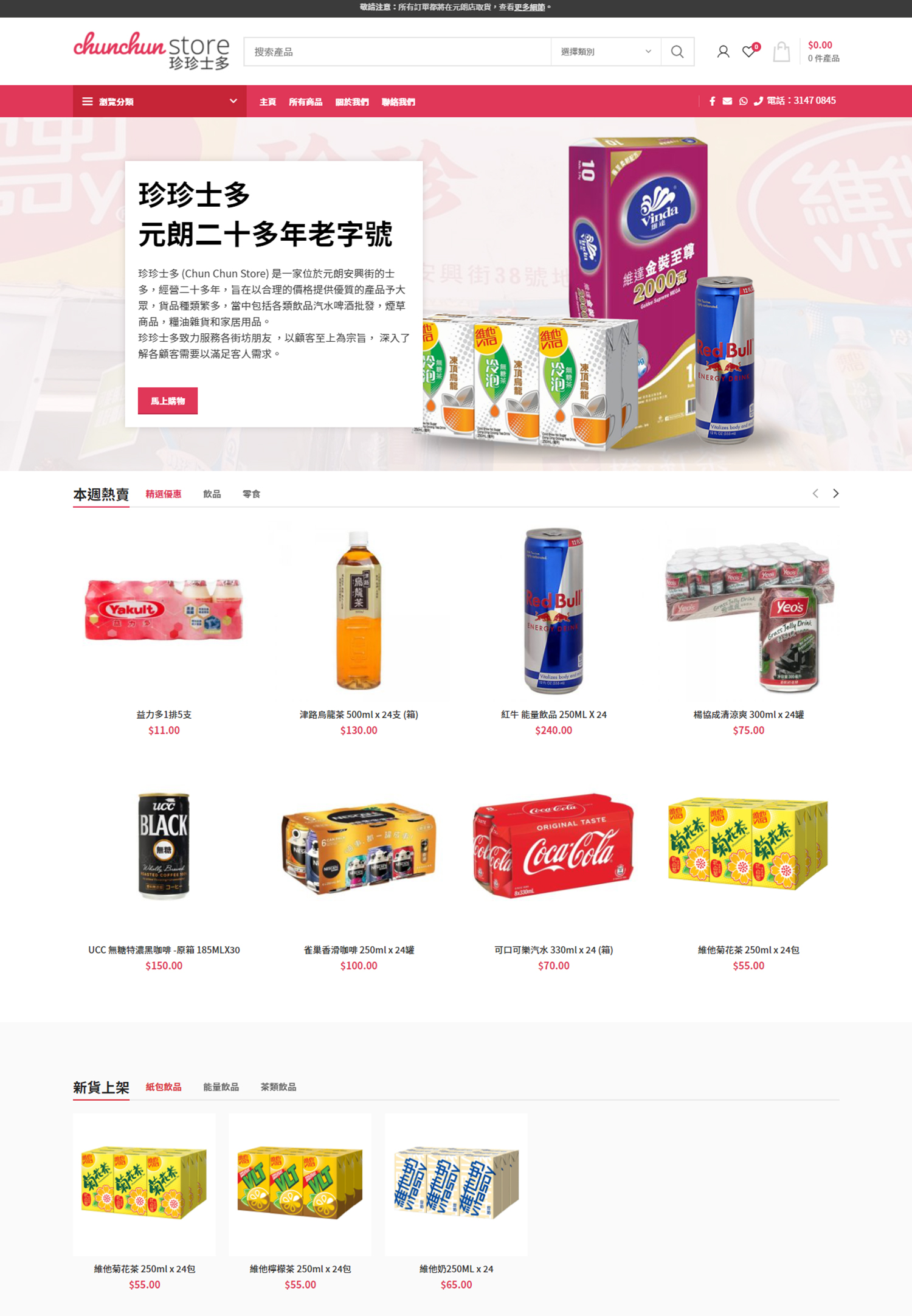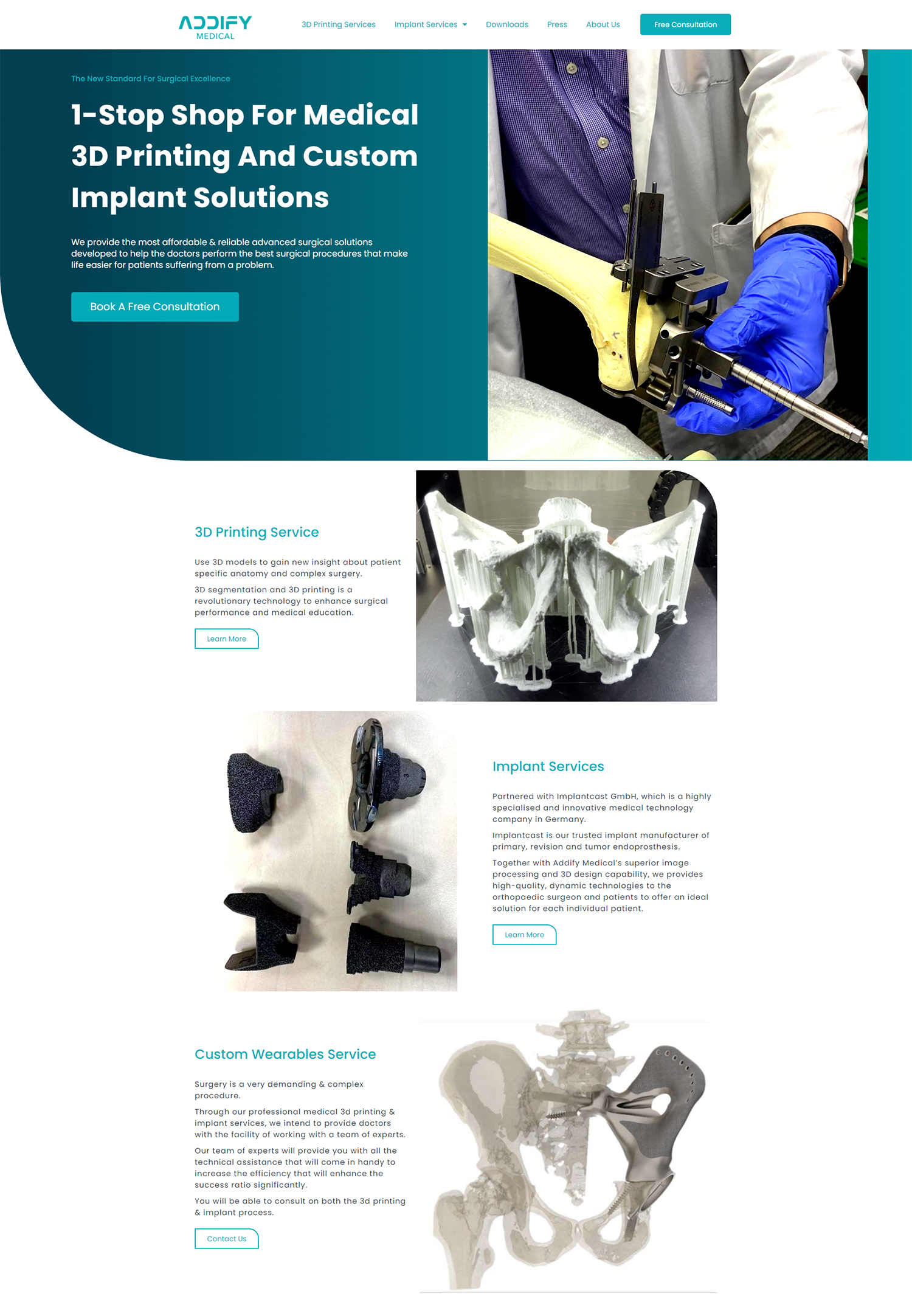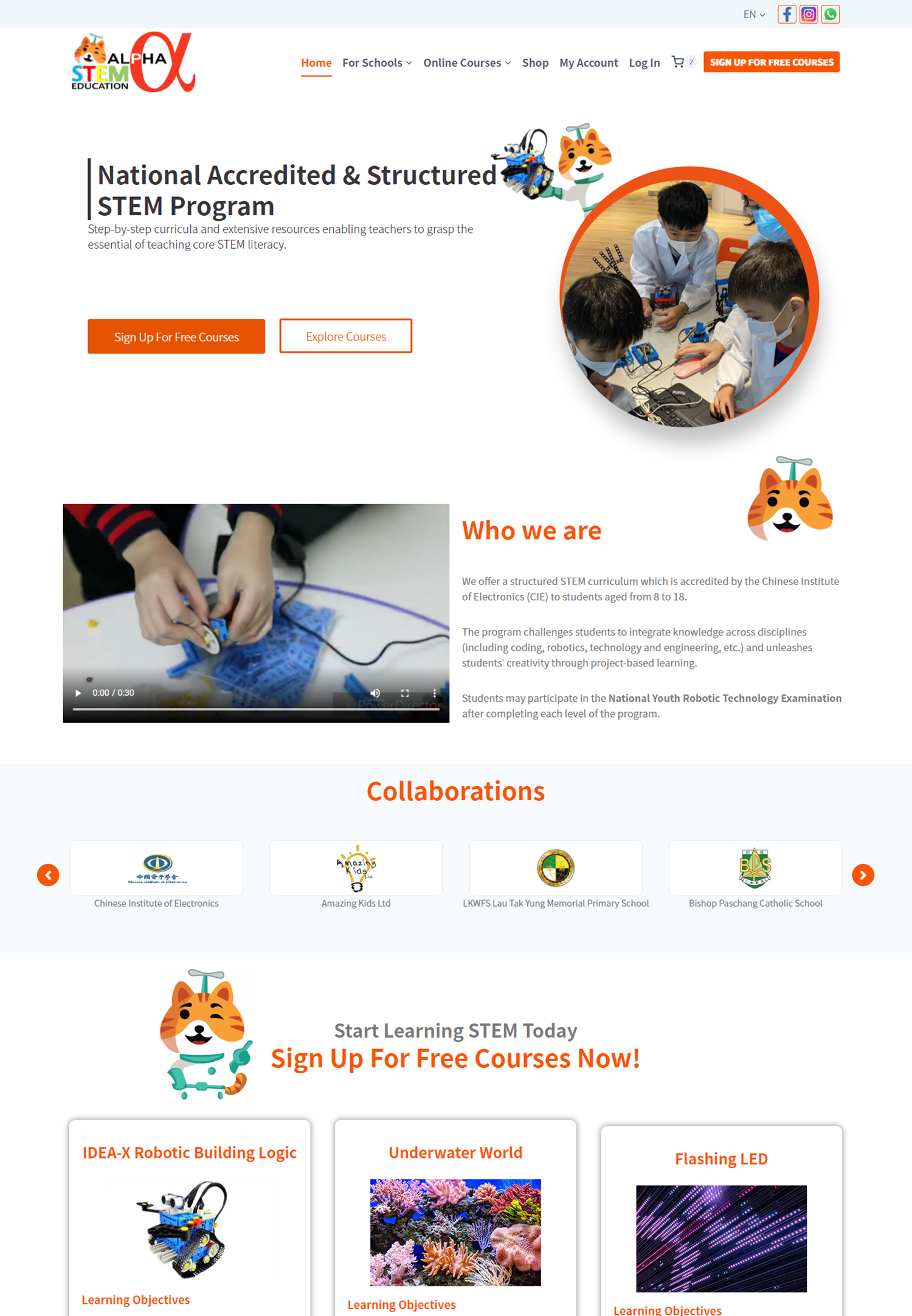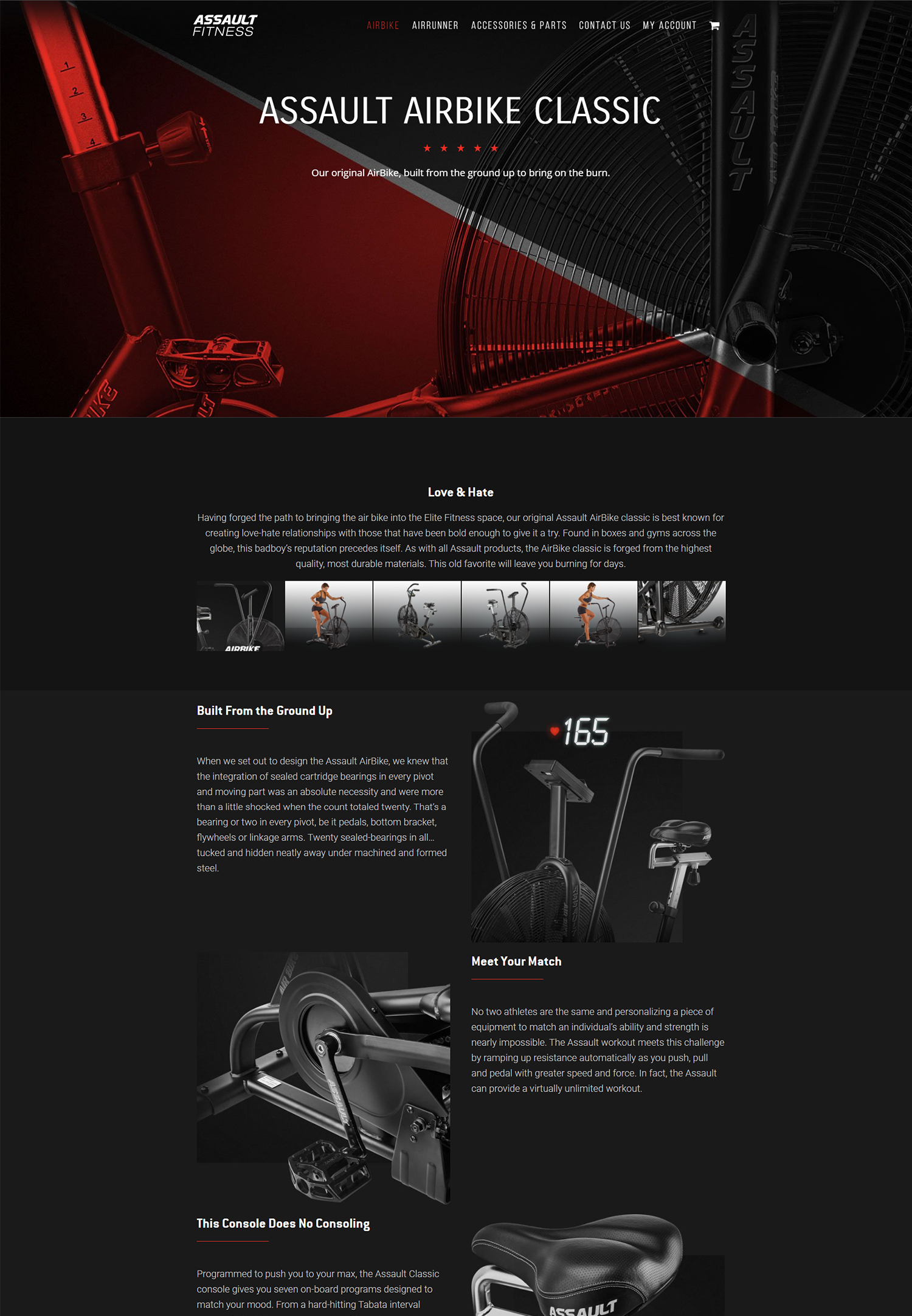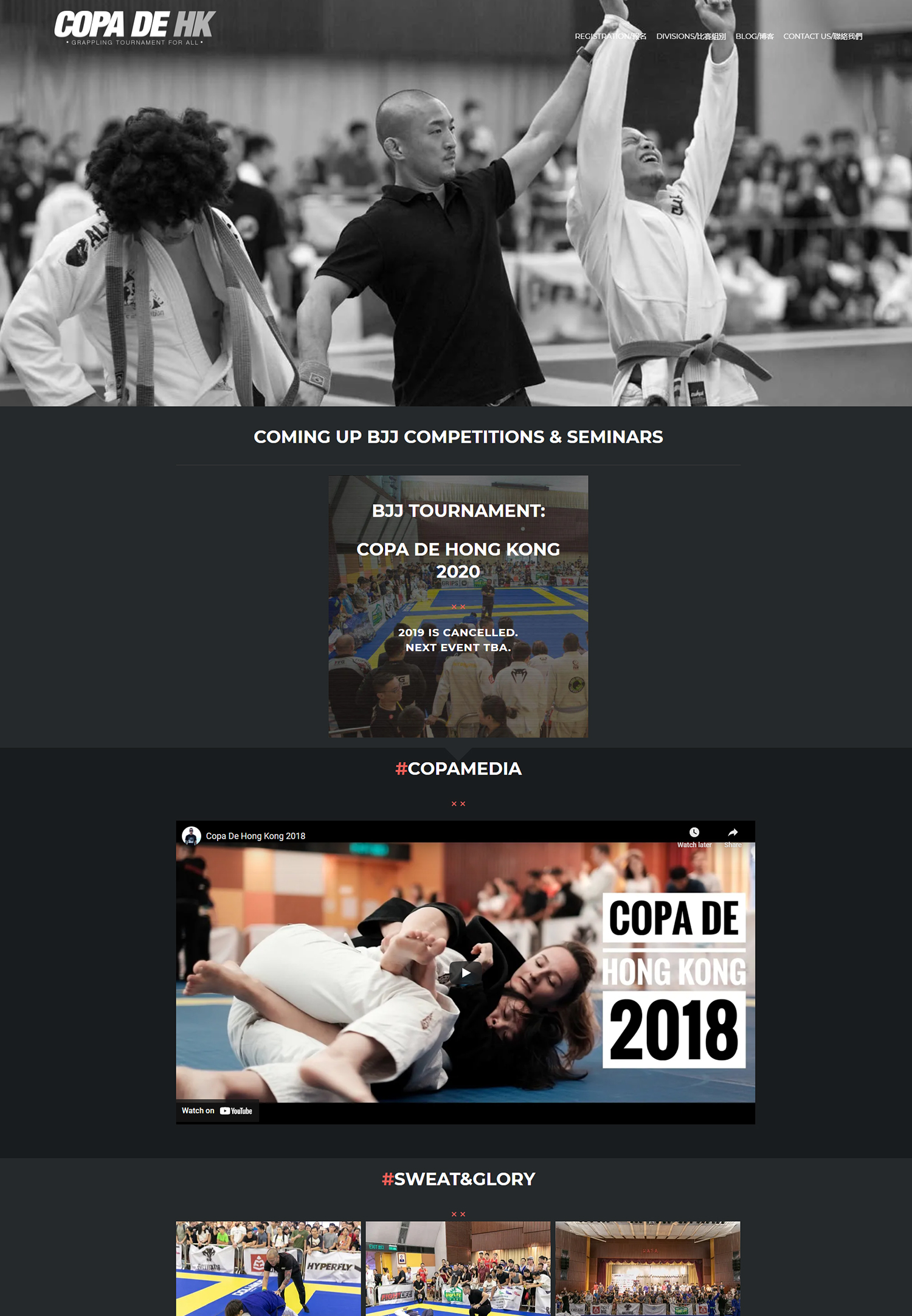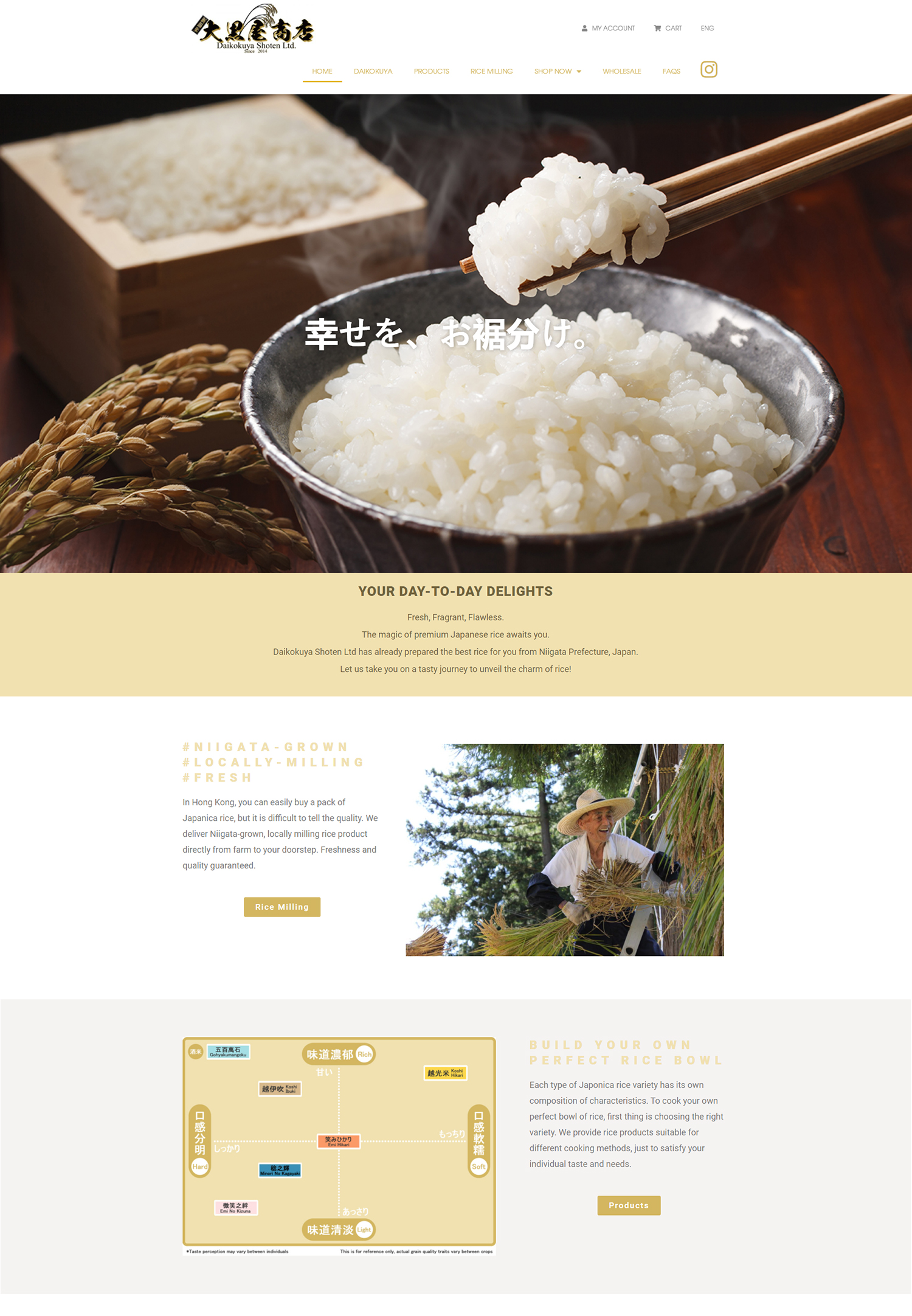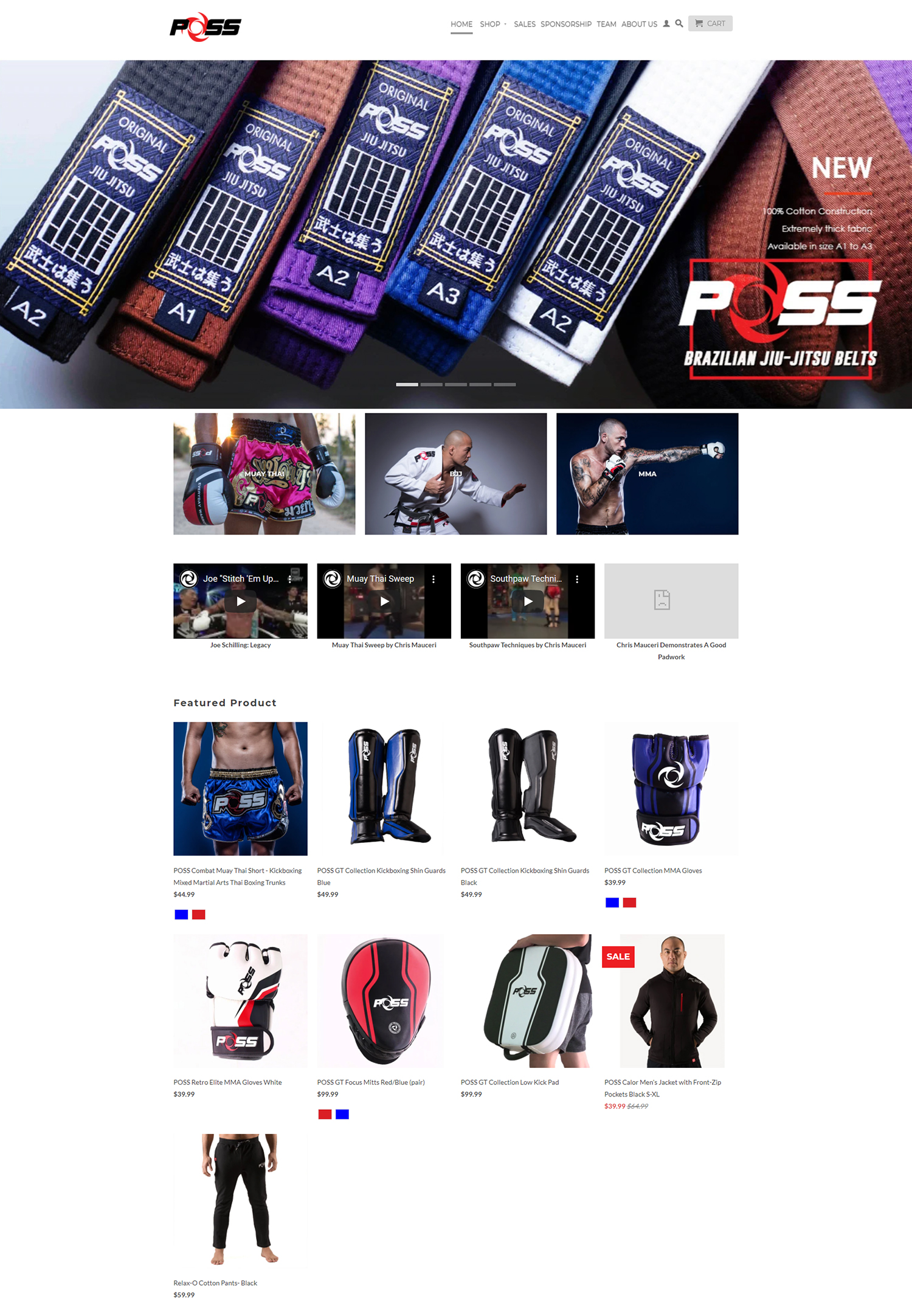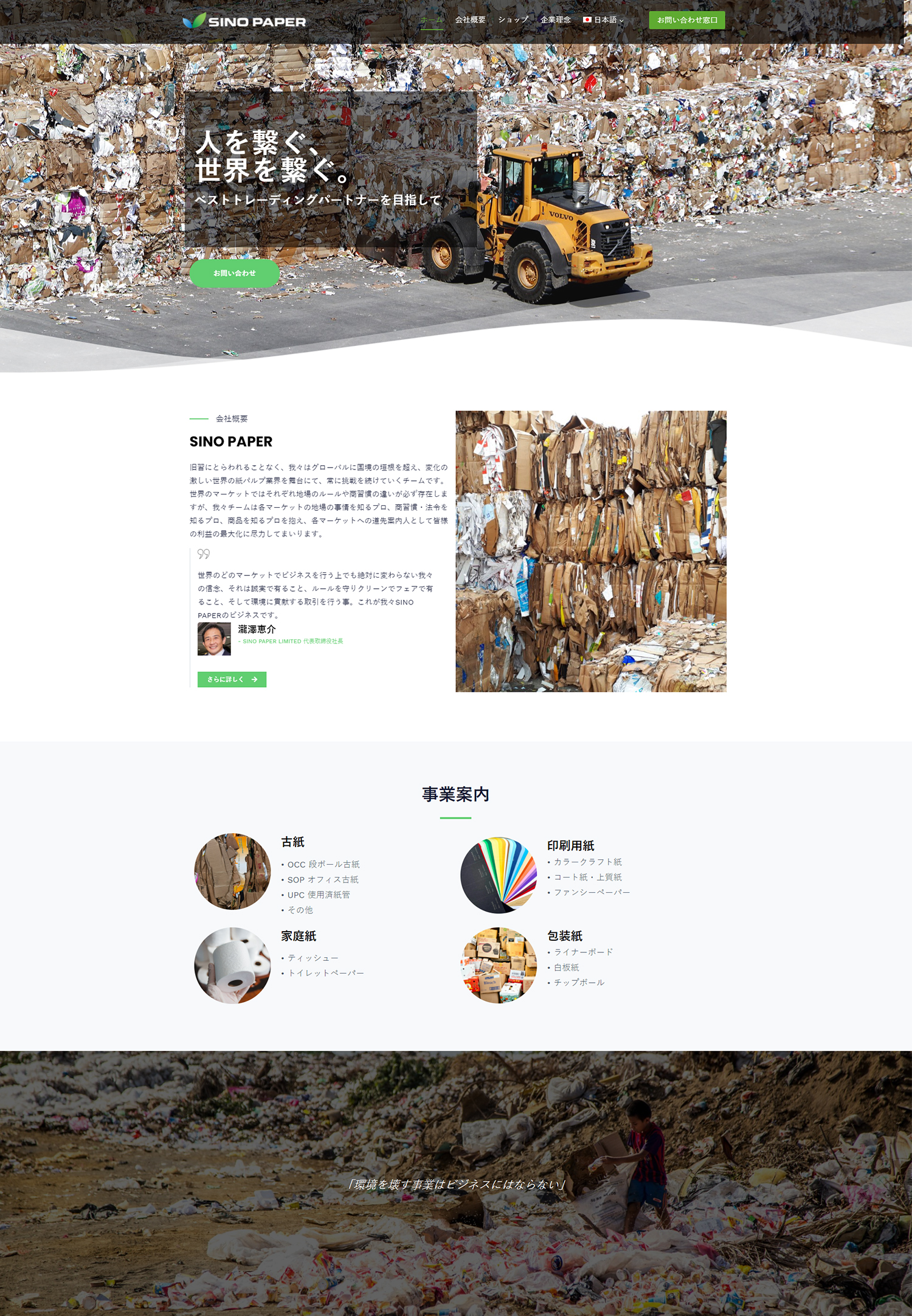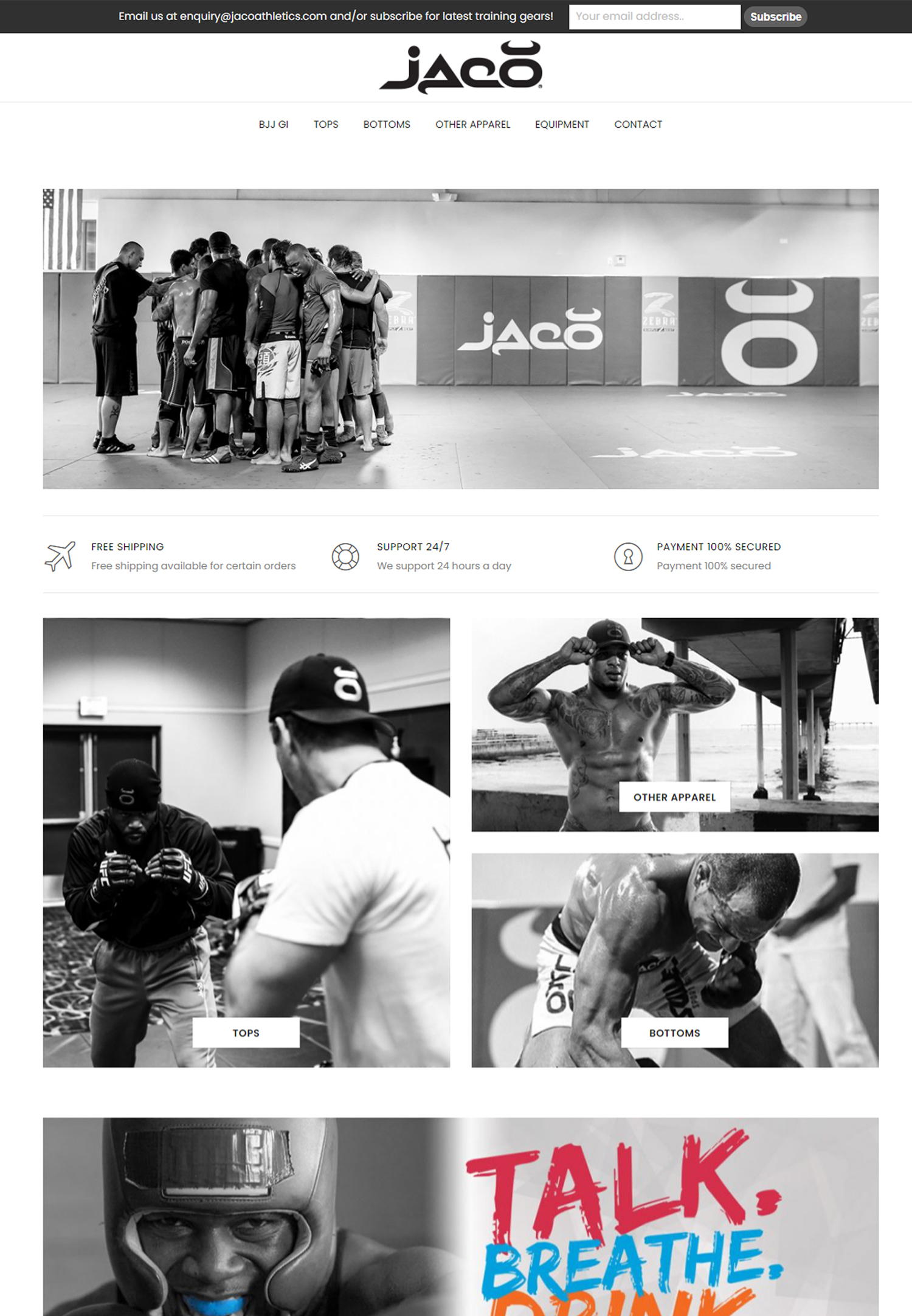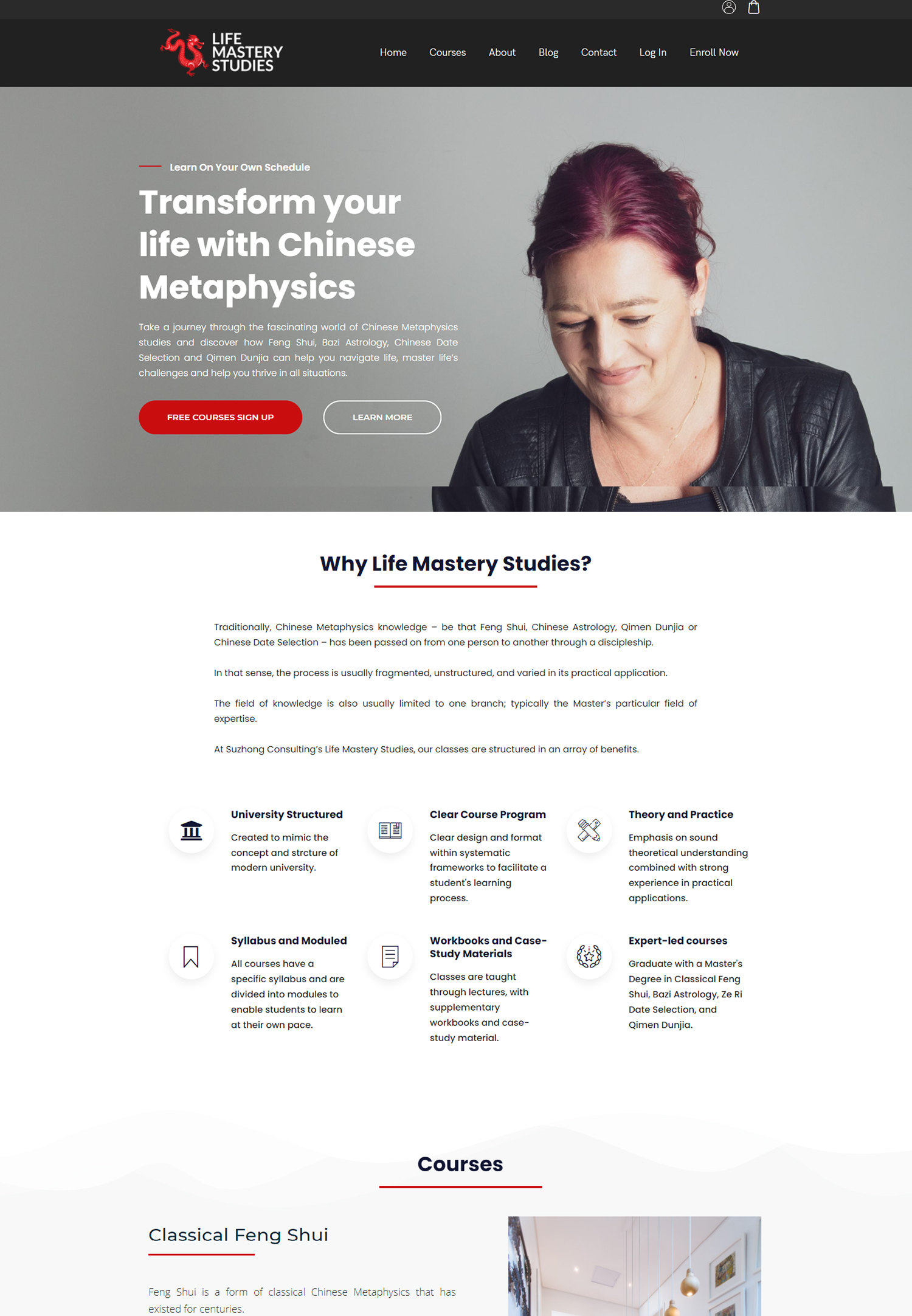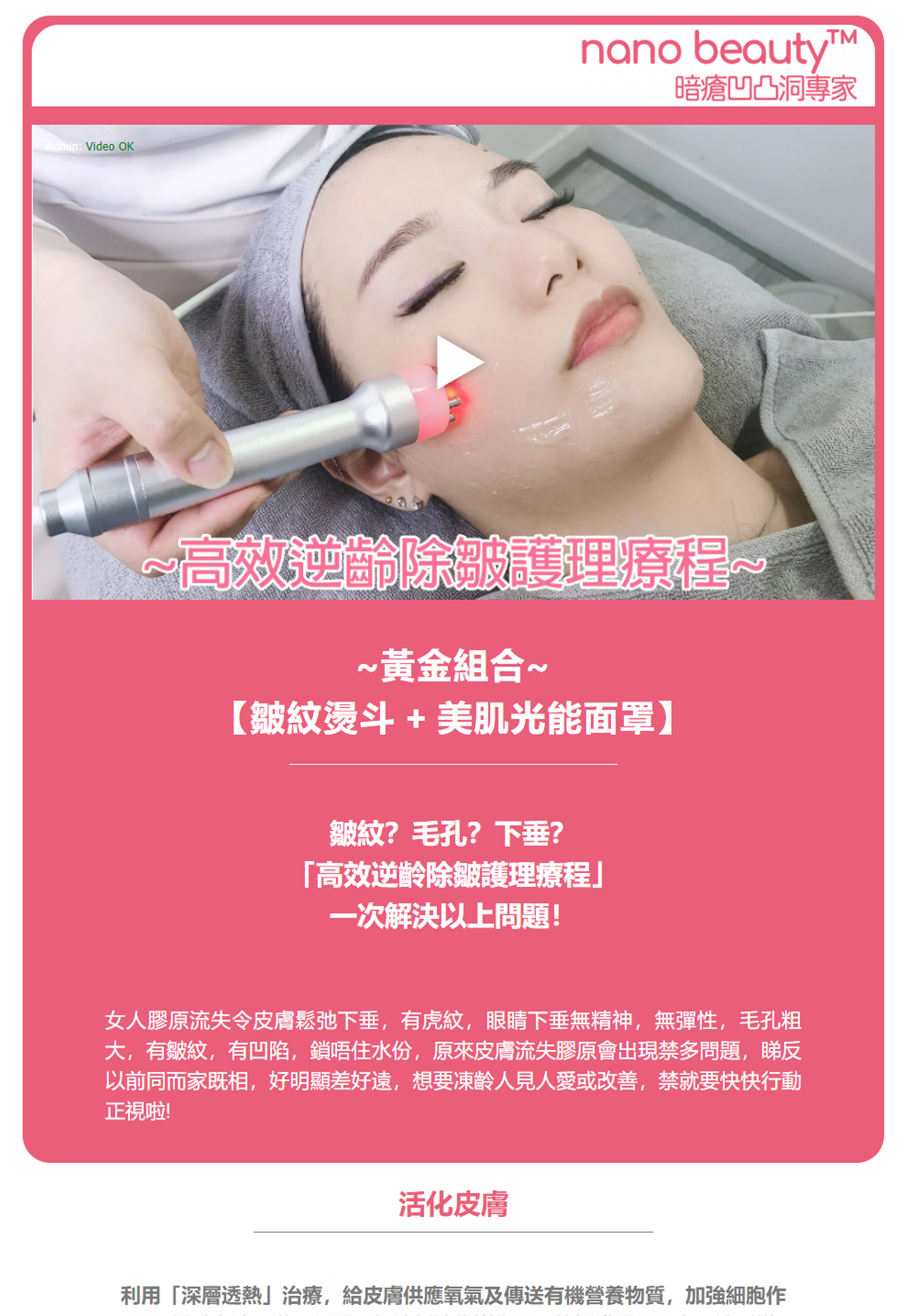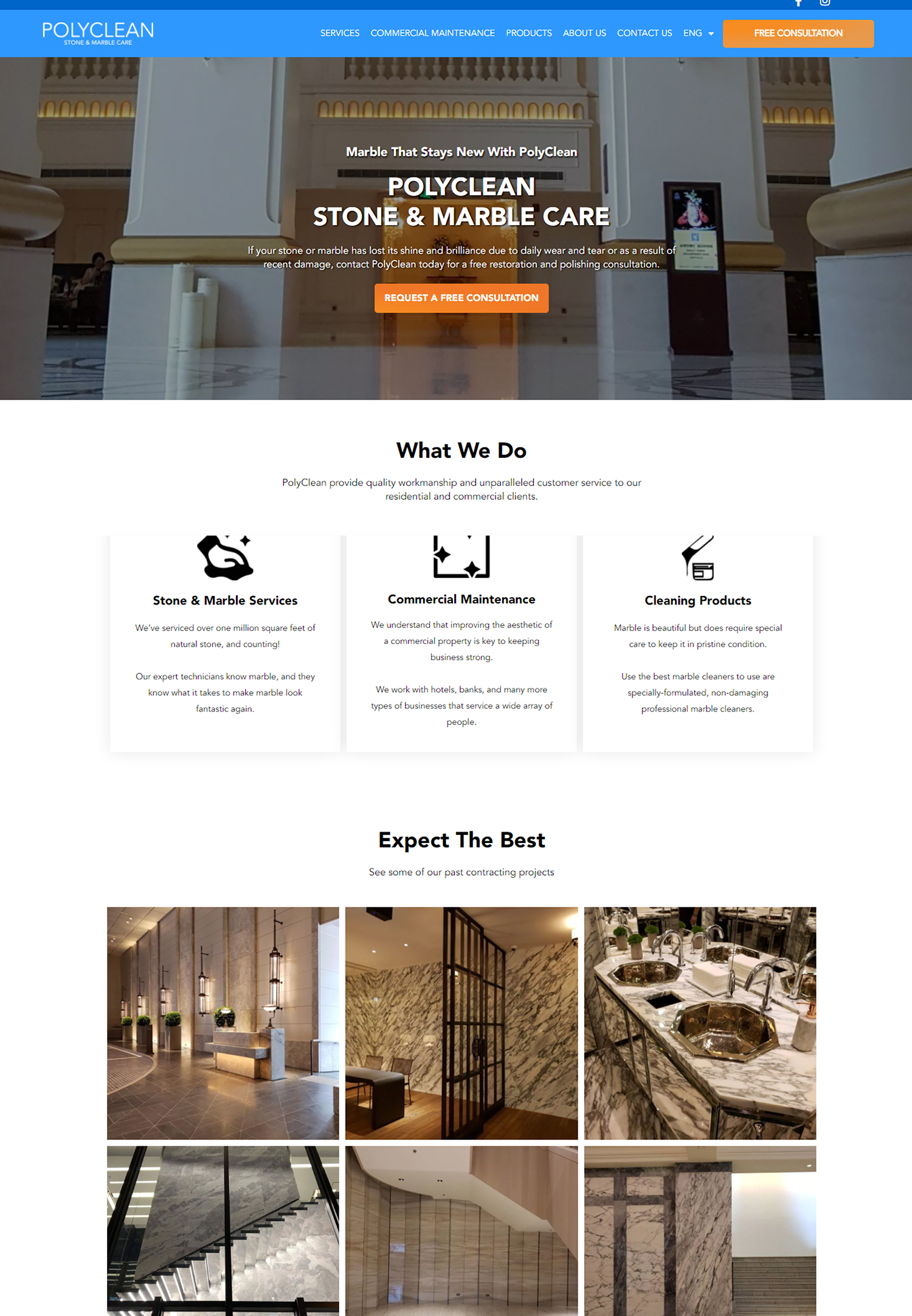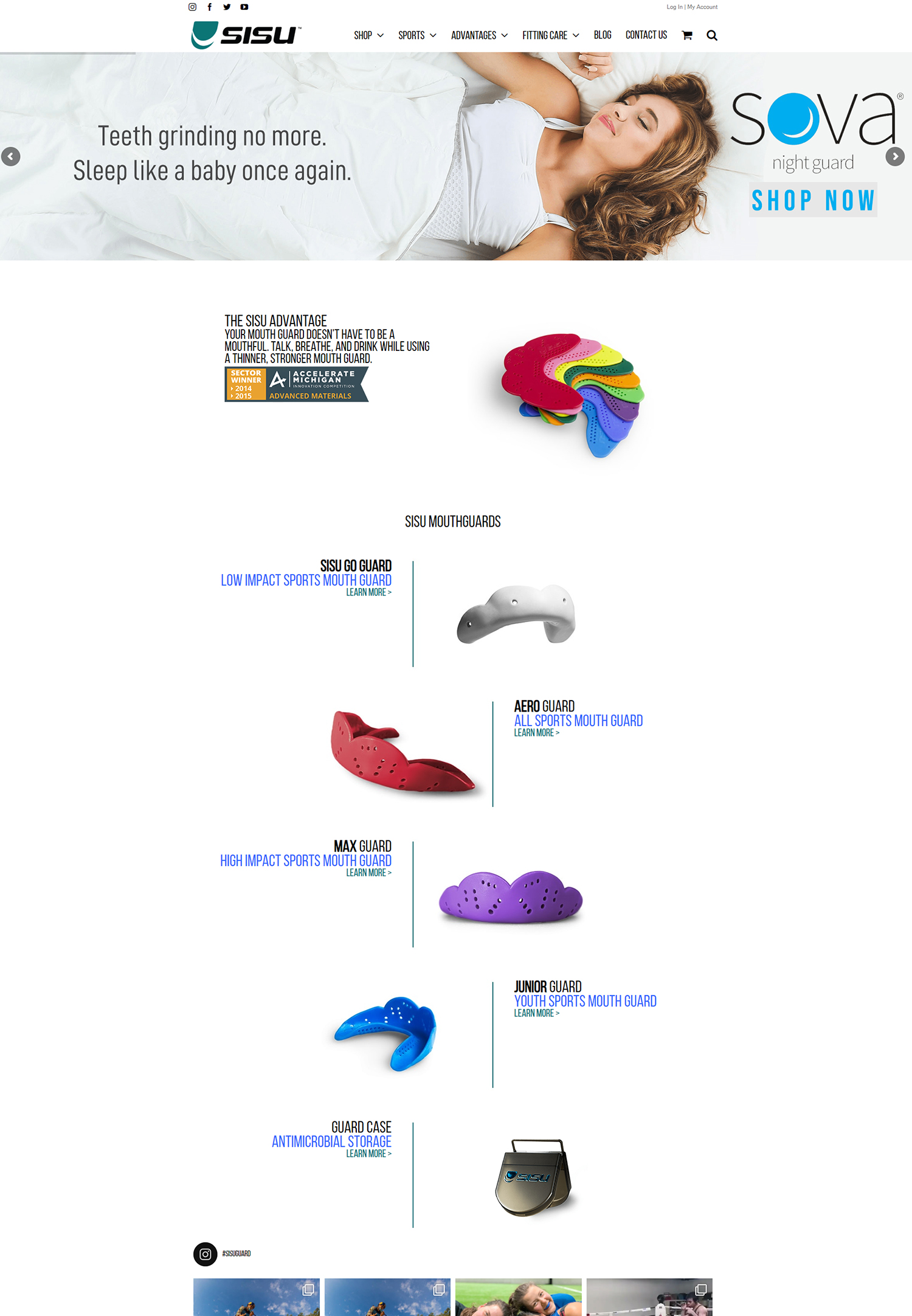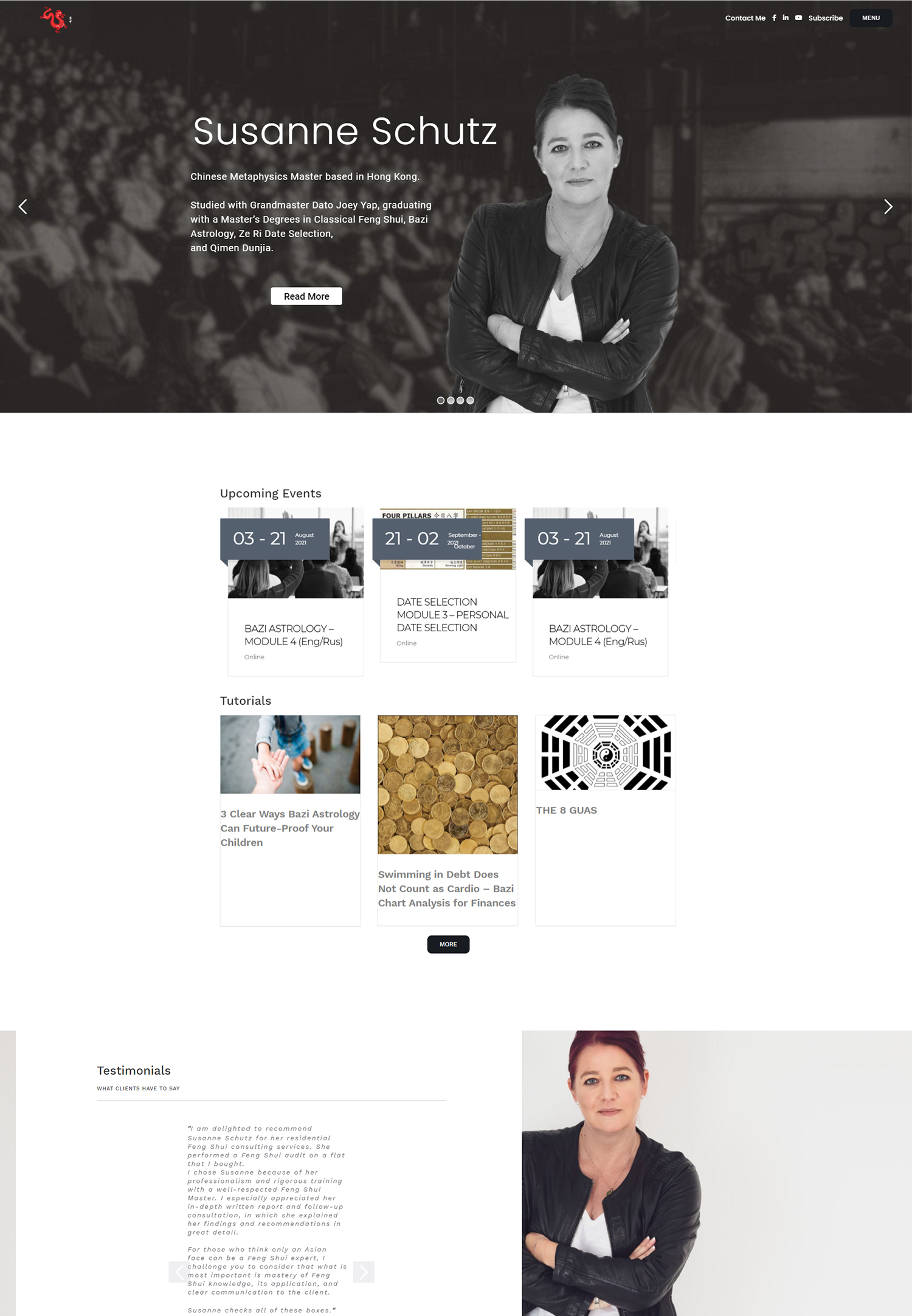In the digital landscape, where competition is fierce and consumer attention is fleeting, we must recognize the critical role that site audits play in enhancing conversion rates. Auditing our website allows us to take a step back and evaluate its performance comprehensively. By systematically analyzing various elements of our site, we can identify areas that may be hindering our ability to convert visitors into customers.
This process is not merely a one-time task; it is an ongoing commitment to refining our online presence and ensuring that we are maximizing every opportunity to engage and convert our audience. Moreover, conducting regular audits helps us stay attuned to the evolving preferences and behaviors of our target audience. As trends shift and new technologies emerge, our website must adapt accordingly.
By auditing our site, we can uncover hidden conversion opportunities that may have gone unnoticed. This proactive approach not only enhances user experience but also positions us to respond effectively to market changes, ultimately leading to increased sales and customer loyalty. In essence, a thorough site audit is the foundation upon which we can build a more effective and conversion-oriented online strategy.
Key Takeaways
- Regular site audits are crucial for identifying and capitalizing on conversion opportunities
- Key performance indicators (KPIs) are essential for measuring conversion success and identifying areas for improvement
- Analyzing user behavior and site navigation can reveal potential roadblocks to conversion
- Evaluating the effectiveness of call-to-action (CTA) buttons and forms is important for optimizing conversion rates
- Testing and optimizing for mobile responsiveness and user experience is vital for improving conversion rates
Identifying key performance indicators (KPIs) to measure conversion success
To effectively gauge our conversion success, we must first establish clear key performance indicators (KPIs) that align with our business objectives. These metrics serve as benchmarks that allow us to assess how well our website is performing in terms of converting visitors into leads or customers. Common KPIs include conversion rate, bounce rate, average session duration, and customer acquisition cost.
By tracking these indicators, we can gain valuable insights into the effectiveness of our marketing efforts and website design. In addition to traditional metrics, we should also consider qualitative KPIs that reflect user engagement and satisfaction. For instance, monitoring user feedback through surveys or analyzing customer reviews can provide us with a deeper understanding of what resonates with our audience.
By combining quantitative data with qualitative insights, we can create a more holistic view of our conversion success. This comprehensive approach enables us to make informed decisions about where to focus our optimization efforts, ensuring that we are continually improving our site’s performance.
Analyzing user behavior and site navigation to uncover potential roadblocks to conversion
Understanding user behavior is crucial for identifying potential roadblocks that may prevent conversions on our site. By analyzing how visitors interact with our website, we can pinpoint areas where they may be experiencing confusion or frustration. Tools such as Google Analytics provide us with valuable data on user flow, allowing us to see where visitors drop off in the conversion process.
This information is instrumental in helping us identify specific pages or elements that may need improvement. Furthermore, we should pay close attention to site navigation, as it plays a significant role in guiding users toward conversion. If our navigation is cluttered or unintuitive, users may struggle to find the information they need, leading to increased bounce rates.
By simplifying our navigation structure and ensuring that key information is easily accessible, we can enhance the overall user experience and reduce friction in the conversion process. Ultimately, by analyzing user behavior and optimizing site navigation, we can create a more seamless journey for our visitors, increasing the likelihood of conversion.
Evaluating the effectiveness of your call-to-action (CTA) buttons and forms
The effectiveness of our call-to-action (CTA) buttons and forms cannot be overstated when it comes to driving conversions. These elements serve as the final nudge that encourages users to take action, whether it’s signing up for a newsletter, making a purchase, or requesting more information. To evaluate their effectiveness, we must consider factors such as placement, design, and wording.
A well-placed CTA button that stands out visually can significantly increase click-through rates. Additionally, we should assess the forms on our site to ensure they are user-friendly and not overly complicated. Lengthy forms with excessive fields can deter users from completing their submissions.
By streamlining our forms and only asking for essential information, we can reduce friction and improve conversion rates. Testing different variations of CTAs and forms will allow us to determine which combinations resonate best with our audience, ultimately leading to higher engagement and conversions.
Testing and optimizing your site for mobile responsiveness and user experience
In today’s mobile-driven world, ensuring that our website is optimized for mobile devices is paramount. A significant portion of web traffic comes from smartphones and tablets, making it essential for us to provide a seamless experience across all devices. We must test our site’s responsiveness by checking how it displays on various screen sizes and orientations.
If users encounter difficulties navigating or accessing content on their mobile devices, they are likely to abandon their visit altogether. Beyond responsiveness, we should also focus on enhancing the overall user experience on mobile. This includes optimizing loading times, simplifying navigation menus, and ensuring that buttons are easily clickable on smaller screens.
By prioritizing mobile optimization, we not only cater to the preferences of our audience but also improve our chances of converting mobile users into customers. A positive mobile experience can lead to increased engagement and higher conversion rates, making it a critical aspect of our overall strategy.
Utilizing heatmaps and click tracking to identify areas of high user engagement and drop-off
Heatmaps and click tracking tools provide us with invaluable insights into user behavior on our website. By visualizing where users click most frequently or how far they scroll down a page, we can identify areas of high engagement as well as points where users tend to drop off. This data allows us to make informed decisions about layout changes or content adjustments that could enhance user experience and drive conversions.
For instance, if we notice that users are consistently clicking on a particular section of a page but not converting, it may indicate that the content needs refinement or that the CTA is not compelling enough. Conversely, if certain areas receive little interaction, we might consider repositioning key elements or rethinking their design to capture more attention. By leveraging heatmaps and click tracking data, we can continuously optimize our site based on real user behavior, ultimately leading to improved conversion rates.
Conducting A/B testing to experiment with different elements and layouts for improved conversion rates
A/B testing is a powerful method for optimizing our website’s performance by allowing us to experiment with different elements and layouts. By creating two versions of a webpage—Version A and Version B—we can test variations in design, content, or CTAs to determine which version yields better conversion rates. This data-driven approach enables us to make informed decisions based on actual user responses rather than assumptions.
When conducting A/B tests, it’s essential for us to focus on one variable at a time to accurately measure its impact on conversions. For example, we might test different headlines or button colors while keeping other elements constant. By analyzing the results of these tests over time, we can identify trends and preferences among our audience, allowing us to refine our website further.
Ultimately, A/B testing empowers us to create a more effective online experience that resonates with users and drives higher conversion rates.
Implementing regular site audits and ongoing optimization strategies to continuously uncover and capitalize on lost conversion opportunities
To maintain a competitive edge in the digital marketplace, we must commit to regular site audits and ongoing optimization strategies. The online landscape is constantly evolving, and what worked yesterday may not be effective today. By conducting routine audits, we can identify new conversion opportunities that arise as user behavior changes or as new technologies emerge.
In addition to audits, we should establish a culture of continuous improvement within our organization. This involves regularly reviewing performance metrics, gathering user feedback, and staying informed about industry trends. By fostering an environment where optimization is prioritized, we can ensure that we are always looking for ways to enhance our website’s performance and capitalize on lost conversion opportunities.
Ultimately, this proactive approach will lead to sustained growth and success in achieving our business objectives. In conclusion, auditing our site for conversion opportunities is an essential practice that requires ongoing attention and effort. By identifying key performance indicators, analyzing user behavior, evaluating CTAs, optimizing for mobile responsiveness, utilizing heatmaps, conducting A/B testing, and implementing regular audits, we position ourselves for success in converting visitors into loyal customers.
As we embrace these strategies collectively, we can create a more effective online presence that drives engagement and fosters lasting relationships with our audience.






